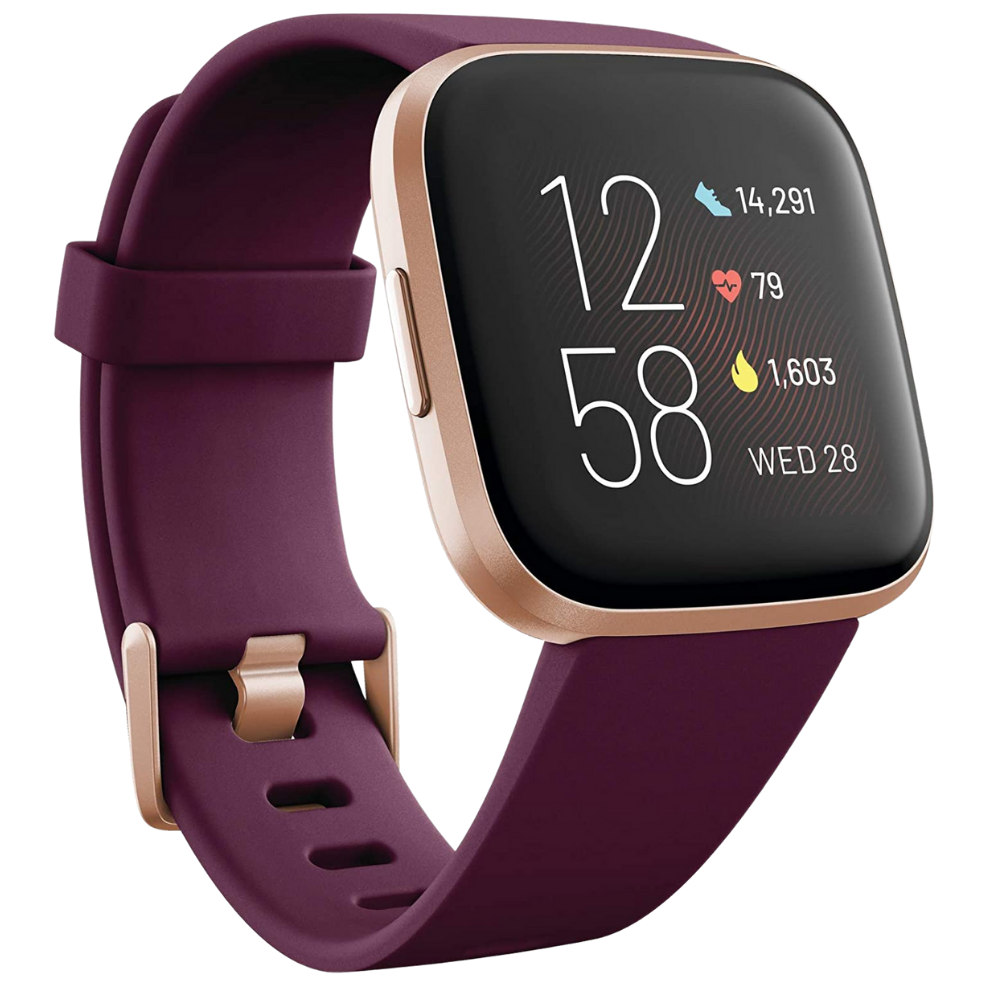Why You Should Be Sitting Less (& How to Do That!)
Public health experts say that “sitting is the new smoking.”
Meaning: it’s something we all do too much of, without really grasping the long-term health effects of it.
Sitting for just three or more hours per day increases a person’s risk of chronic disease and cuts their life expectancy by two years. (Whoops! Americans sit about 9.5 hours per day.) In fact, sitting for more than three hours per day has these effects even if you’re otherwise physically active—exercising for the recommended 30 minutes per day doesn’t make up for an otherwise sedentary lifestyle.
This is emerging as one of the major public health challenges of our time: sedentary lifestyles are contributing significantly to an increased risk of heart disease, type 2 diabetes and certain types of cancer.
So, what’s so bad about sitting?
When you’re sitting, your muscles are inactive and your body isn’t able to manage blood glucose normally. This contributes to metabolic syndrome (the inability to maintain healthy blood glucose levels), which leads to abnormally high blood pressure, cholesterol and blood sugar levels. These factors increase the risk of heart disease, stroke and diabetes. Higher blood sugar levels are also associated with an increased risk of certain types of cancer.
It’s a bit counterintuitive that something as seemingly harmless as sitting has so many detrimental health effects. But even though sitting itself isn’t dangerous, your body is not meant to sit still for long periods of time.
NEAT: Non-exercise activity thermogenesis
Much of the day should be spent in NEAT—non-exercise activity thermogenesis. That means moving around at a comfortable and easy pace, just doing basic human things and using your body the way it was meant to be used. Walking, reaching, carrying, lifting, bending, sitting for a bit, standing up.
Until very recently in human history, NEAT was an integral part of our daily lives. You can probably imagine your grandparents years ago getting tons of NEAT: walking to the market to get groceries and carrying them home; doing the laundry and hanging it out to dry; squatting to weed the flower or vegetable garden. Even your parents when they started their office jobs probably walked down the hall to talk to a coworker, or took trips back and forth from the filing cabinet (instead of emailing that coworker or storing files on a computer).
These types of natural human movements have been replaced by technology and lifestyle changes, resulting in a dramatic decrease in NEAT movement throughout the day. So, not only do most Americans fall short of minimum exercise guidelines (150 minutes per week), but we also don’t “gently move around” enough either.
Desk jobs keep us sitting too much
Desk jobs in particular promote this problem, because they require that people sit for many more hours per day than is normal or healthy for your body. It turns out that people who work sedentary jobs have twice the risk of cancer, particularly colon and rectal cancers (eek!).
So, that is less than ideal, but there are some things you can do to improve the situation without quitting your job:
How to sit less & move around more
How to sit less at the office
Get up and move around at least 5-10 minutes out of every hour. When you need to fill your water bottle, use the bathroom or get something from the printer, take the long route.
Set a timer to take micro-breaks every 20 to 30 minutes—stand up and stretch for a minute or two.
Stand up when you can—like when you’re talking on the phone, chatting with a coworker or organizing papers.
Get a whiteboard in your office for keeping track of your to-do list or outlining projects. It’s hard to write on a whiteboard sitting down!
Walk over to a colleague instead of emailing or calling.
Take a walk on your lunch break. (Is it cold outside? Wear a coat. Are you wearing uncomfortable shoes? Bring a comfortable pair to change into.)
Suggest a “walk and talk” meeting with colleagues.
Practice desk yoga.
Get a standing desk if you can!
Or, use a yoga ball desk chair, which helps engage your core muscles while sitting (and, keeps your spine properly aligned!).
If you do need to sit for many hours each day (sigh, many of us do), be sure you’re doing so with proper sitting posture—it can help reduce tension and pain in your back and minimize the negative side effects of too much sitting.
How to sit less in daily life
Take the stairs.
Talk on the phone while standing or walking.
Walk when you can instead of driving—carrying a bag of groceries back from the store is not something we do much these days, but it’s great for you!
Stand on the bus or train instead of sitting.
Build walking into social time—invite friends to join you for a walk, a hike or, when possible, suggest you walk to dinner/the bar instead of driving.
Get a dog. (Okay, this may not be feasible or desirable for everyone, but dog owners tend to log more steps per day than they would without the dog.)
While watching TV, get up and move around during commercial breaks.
Or, turn off the TV! (Watching TV only builds upon an otherwise sedentary lifestyle, and watching three hours of TV a day doubles a person’s risk of dying prematurely of any cause.) Instead, turn those extra TV hours into physically healthy (and mentally beneficial!) activities like trying a new workout or cooking a healthy meal.
Monitor your daily steps via your smartphone, fitness tracker or pedometer. (Research shows that you should be getting about 10,000 steps a day!)
Fitness trackers to help you sit less
Here are our favorite fitness trackers for keeping track of your daily steps and giving helpful reminders to get up and move around more throughout the day:
A note on second-hand sitting:
Although you’re not going to suffer directly because someone else decides to sit near you, it does have some effect. If the people you’re with are sitting, you’re more likely to sit too. Try to encourage activities that promote moving around. If you have a desk job that requires lots of sitting at work, try to reduce the time you spend sitting during your free time.
FOUR WELLNESS TIP
Try a few of the tips above to sit less & move more in your daily life!















